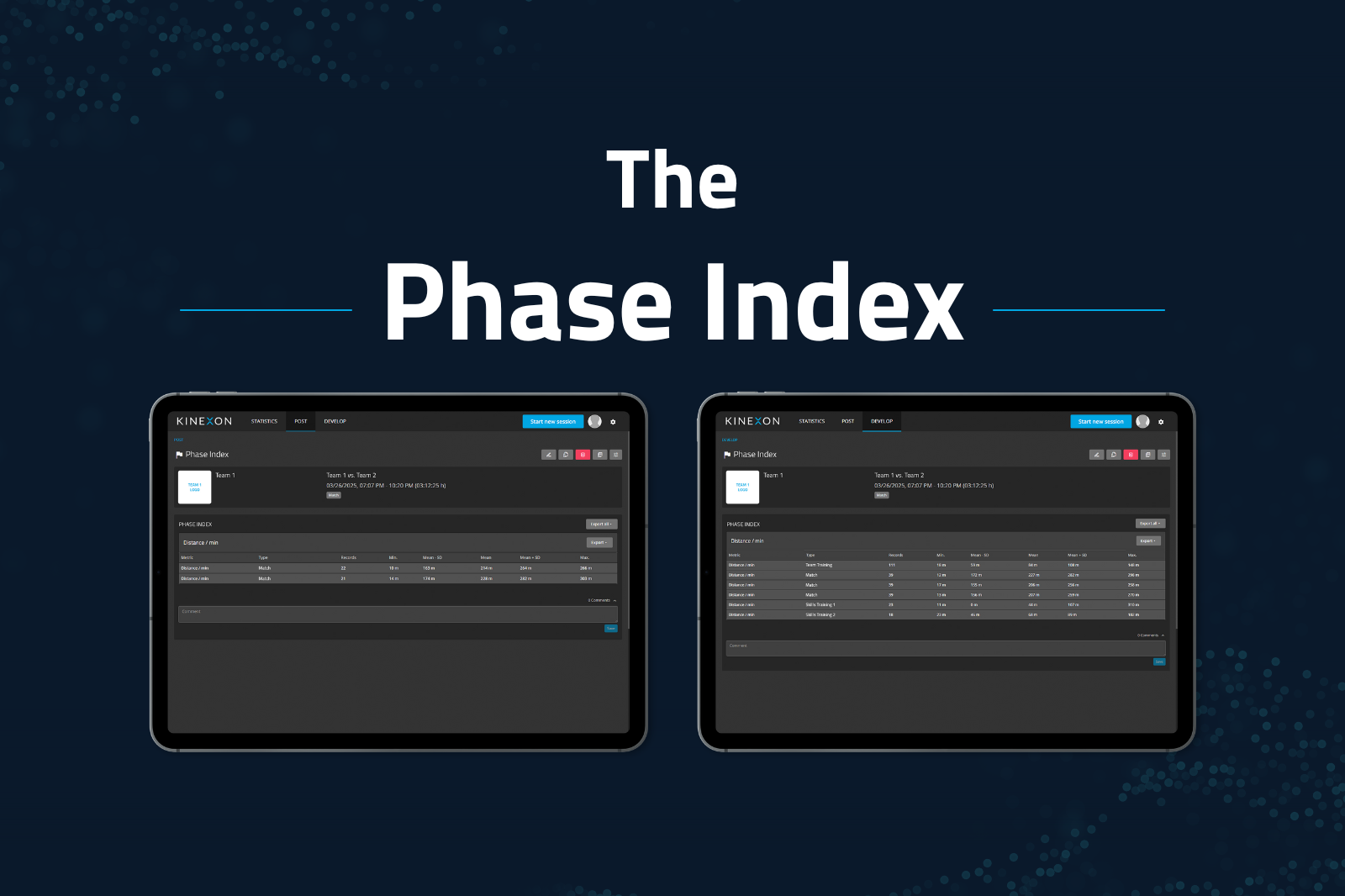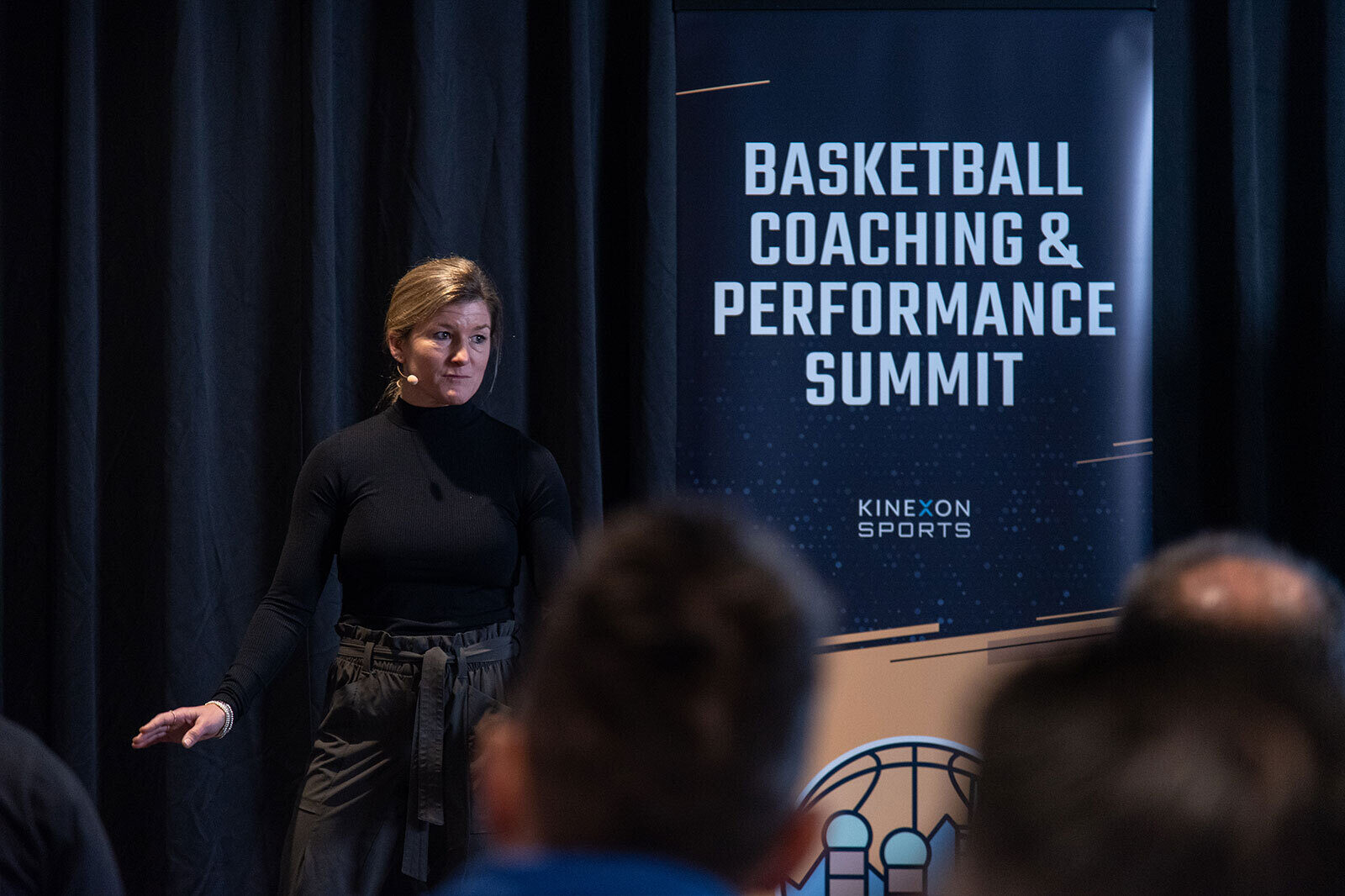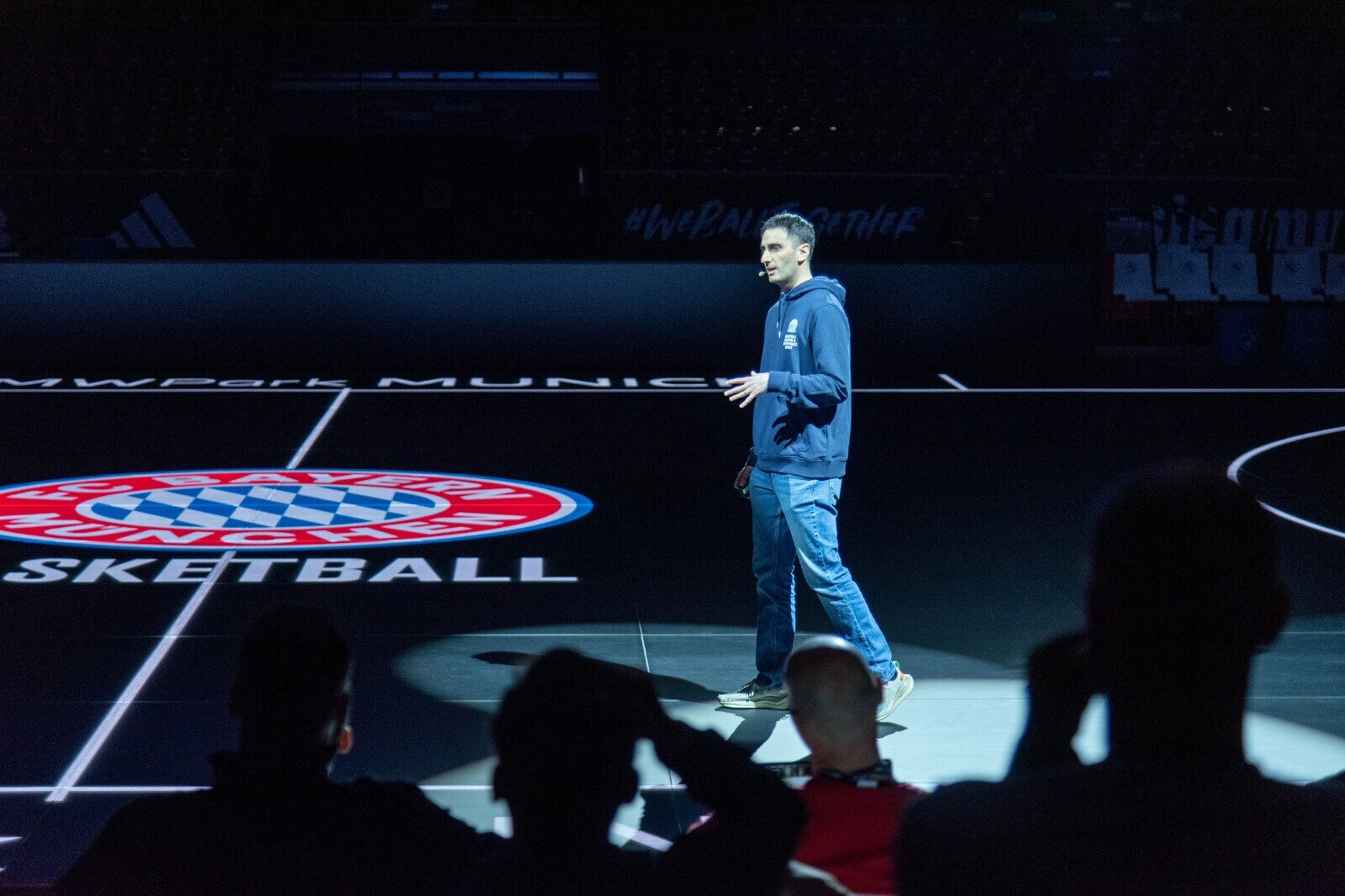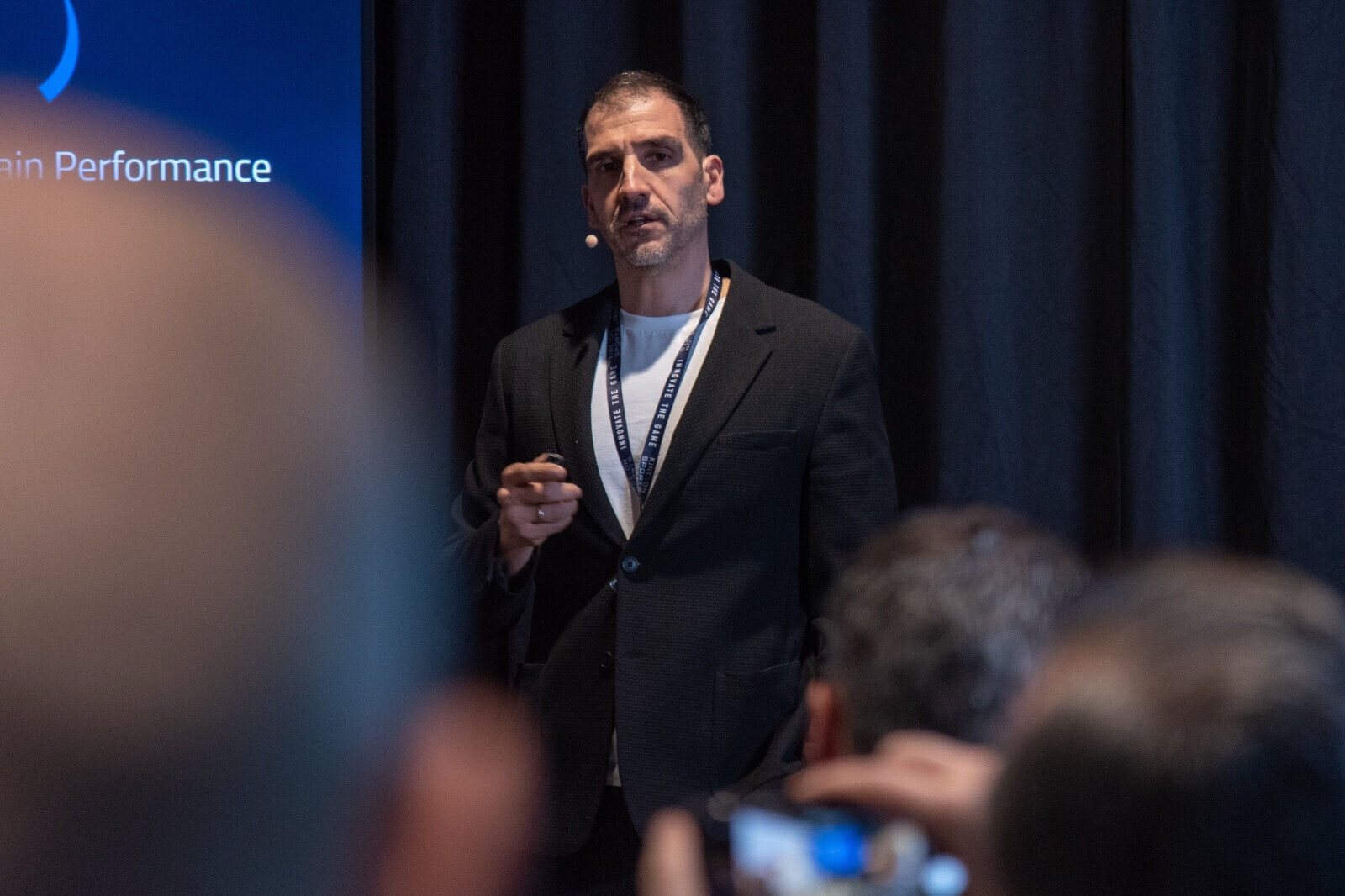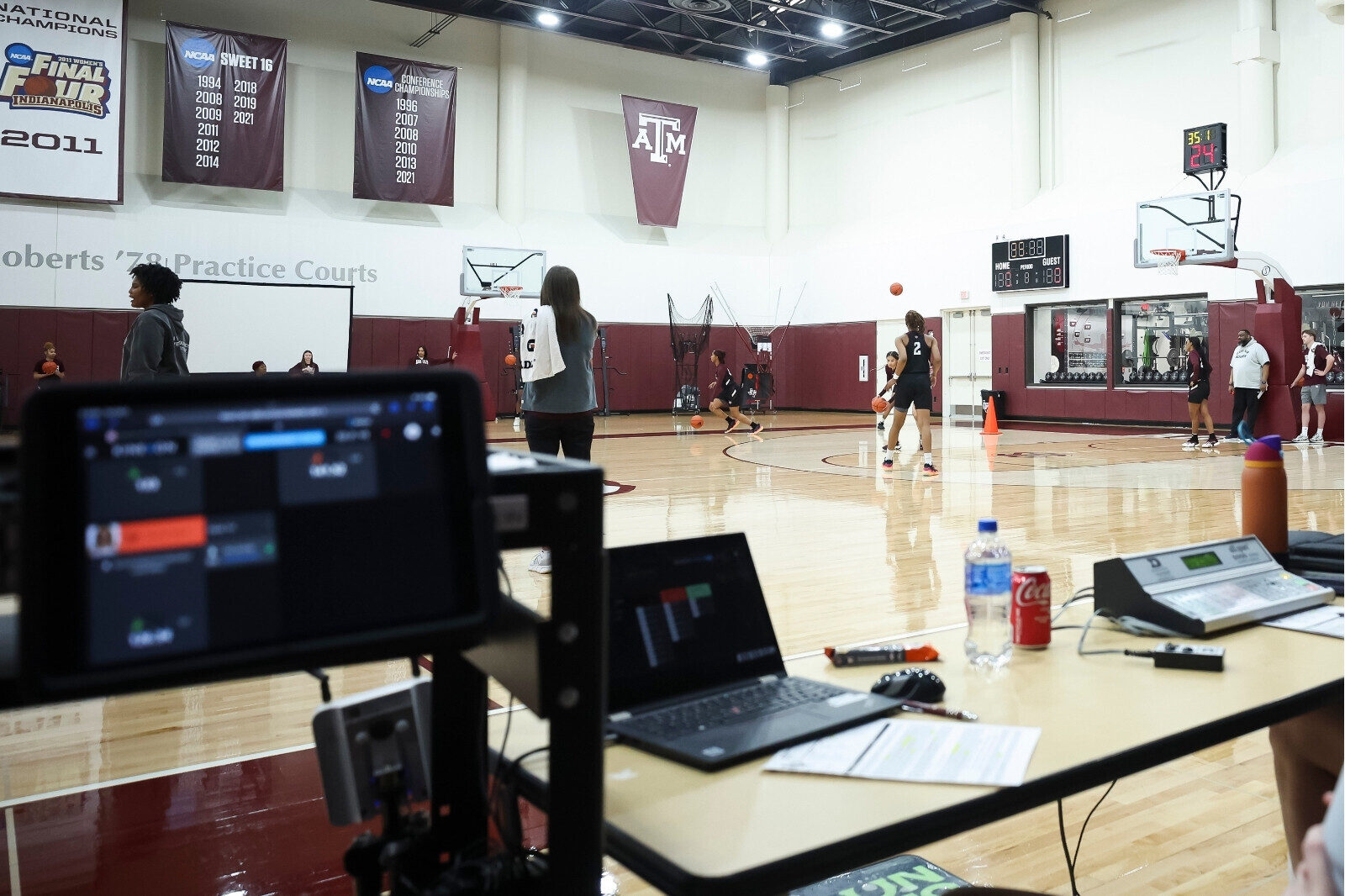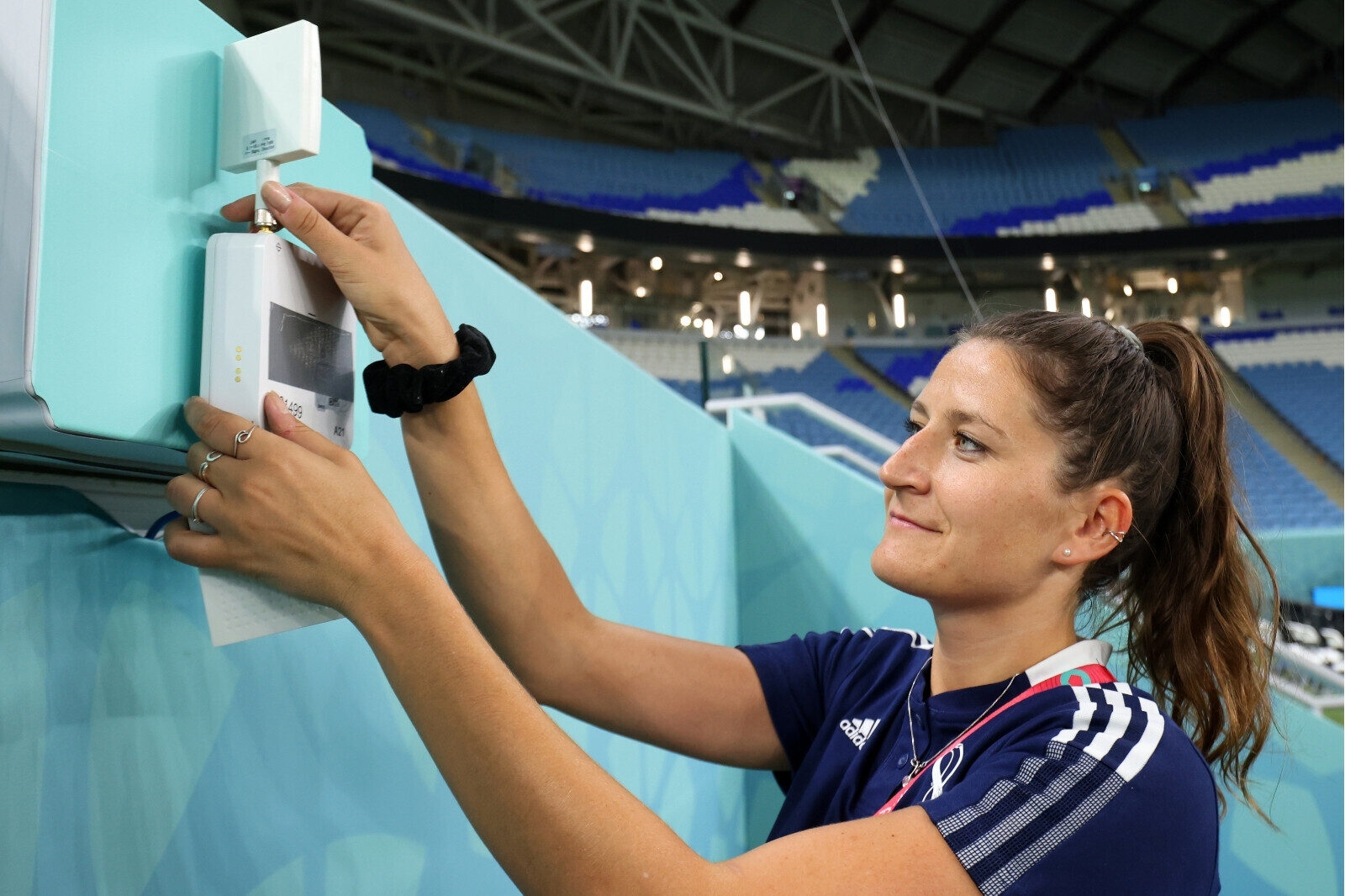Why Are KINEXON Sports Vests a Vital Part of Player Tracking?
In sports, advanced technologies are becoming increasingly instrumental in enhancing player performance and strategy. The introduction of sports vests has helped tremendously in the gathering of data. The reason? When equipped with a player tracking wearable sensor, sports vests make collecting sports performance data incredibly easy.
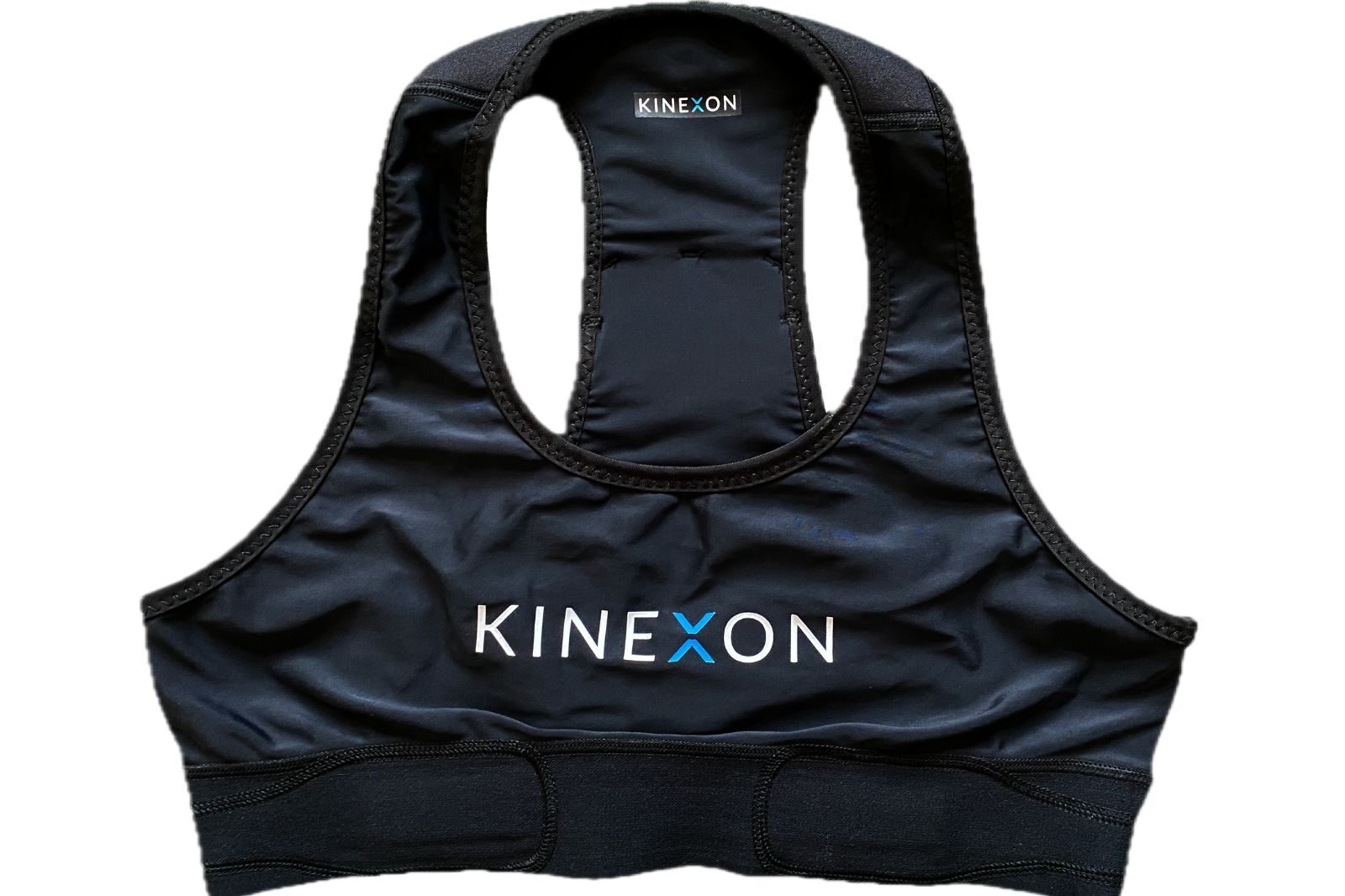
What is a Sports Vest?
A sports vest, especially ones like the KINEXON sports vest (women’s or men’s), isn’t just any regular vest. When equipped with a sensor it becomes a piece of wearable tech. It’s not worn for fashion or protection.
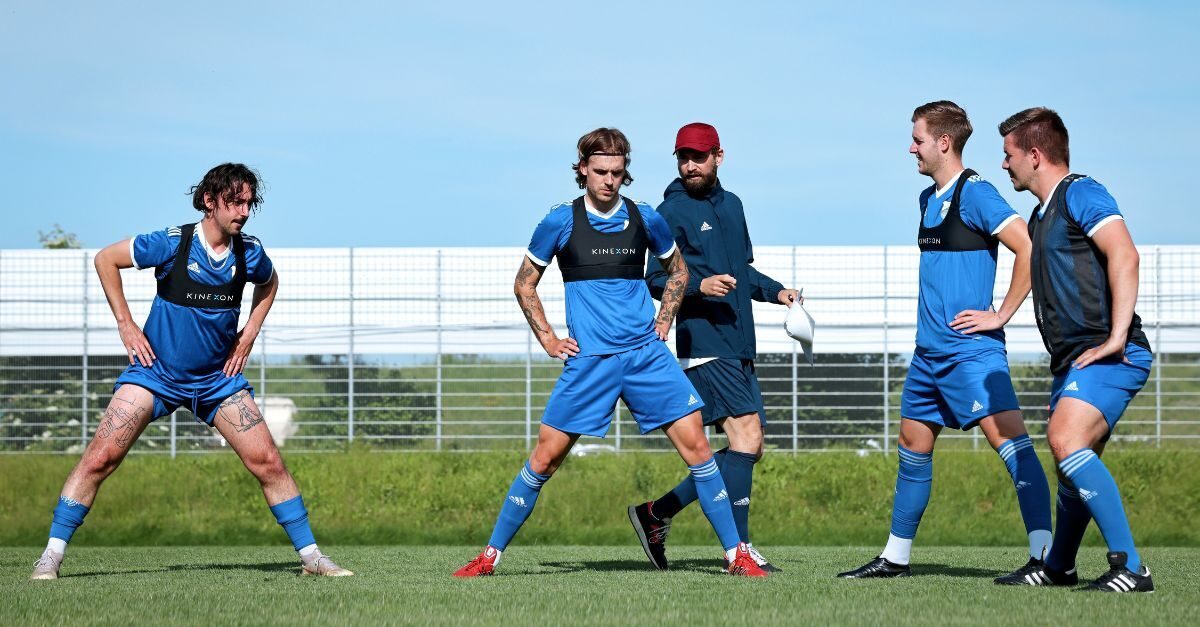
The sensor collects information and allows teams and coaches to monitor players in real-time. The sensors (also called wearables) are placed in a pocket that is sewn into the back of the vest. They track hundreds of metrics, including:
- Player movement
- Speed
- Acceleration
This information provides a comprehensive view of their performance and physical condition.
Which Sports Use Vests for Player Tracking?
Sports vests are being worn by athletes in most ball team sports, like American football and soccer (football). You may also hear them called sports bras, but the reality is that they’re referred to in many different ways, including:
- Soccer vest tracker
- Soccer vest
- Football vest
- Football training vest
- GPS vest (football)

The vests are also used in multiple sports like:
- Volleyball
- Ice hockey
- Field hockey
- Handball
The adaptation across various men’s and women’s sports underscores the vests’ universal appeal. As technology advances and becomes even more seamless, it’s anticipated that they will become commonplace in even more sports. The primary goal? Enhancing player performance, ensuring safety, and strategizing with data-driven insights. The vest makes it easier.
We recently recorded a demonstration that highlights some of these benefits in outdoor team sports that our vest and sensors provide.
KINEXON Vests Make Sports Data Collection Easier
But what makes KINEXON’s vests a cut above the rest is that they have been tested and used by various sports teams who have given great feedback. They go unnoticed under a practice or game jersey and won’t impede an athlete’s movement in any way.
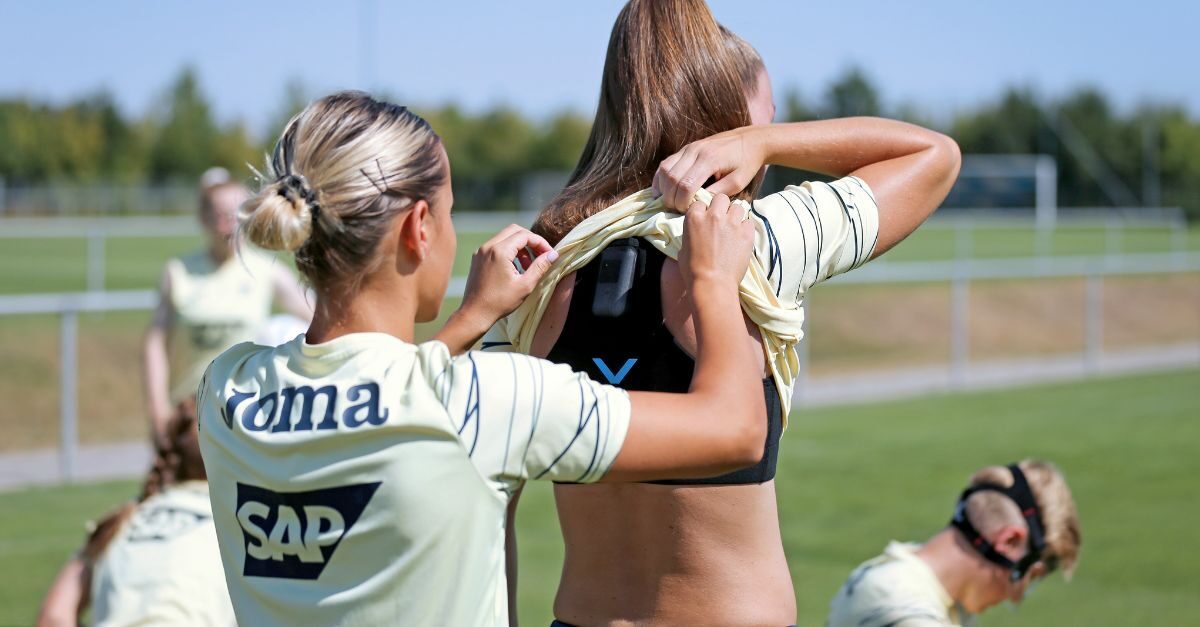
The vests help capture data for the UAB football team. Their goal is to optimize player performance during the season. The vests help capture data with such precision that teams (like UAB) can make adjustments to training regimes or game strategies, all in real-time. On top of that, the sensors inside the vests don’t just offer data – they provide actionable insights.
Instead of inundating coaches with an overload of information, the KINEXON system is designed to deliver the right kind of data that can be immediately used to influence decisions, whether it’s substituting a player or altering a strategy during a game.
What Makes KINEXON Sports Vests Stand Out?
KINEXON vests are becoming a staple in modern sports analytics. The reasons include:
- Durability and Comfort: While being technologically advanced, the vests are also designed to keep player comfort in mind. They are lightweight, breathable, and robust, ensuring they don’t hinder performance.
- Real-time Analytics: Unlike some systems that provide post-match data, KINEXON’s sensor technology can offer real-time insights, ensuring immediate action can be taken. The vest holds the sensor in place.
- User-Friendly Dashboard: The data collected by the sensors (placed in a pocked in the vest) is presented on an easy-to-read dashboard, enabling even those not technologically inclined to derive insights effortlessly.
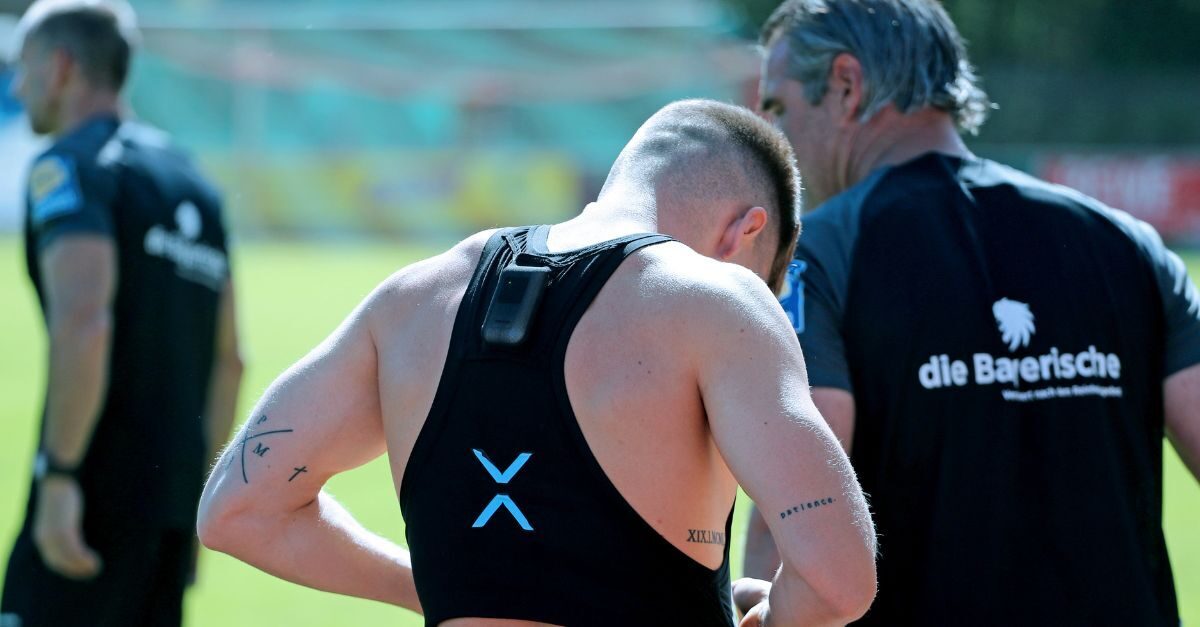
These are just a few of the reasons KINEXON sports vests rank among the best. If you’re a coach who’s looking to get an edge over your competition, adopting vests, equipped with player tracking wearables isn’t just an option – it’s a necessity.
If you’d like to learn more about our sports vests, and the player tracking devices they’re equipped with, feel free to contact us at any time. Or download our product brochure via the link below.

